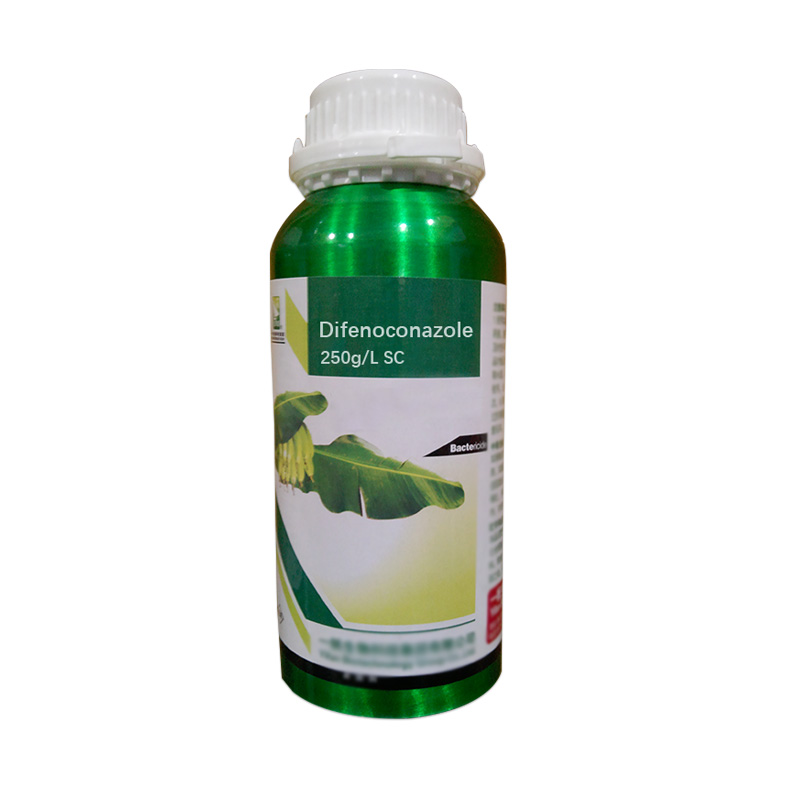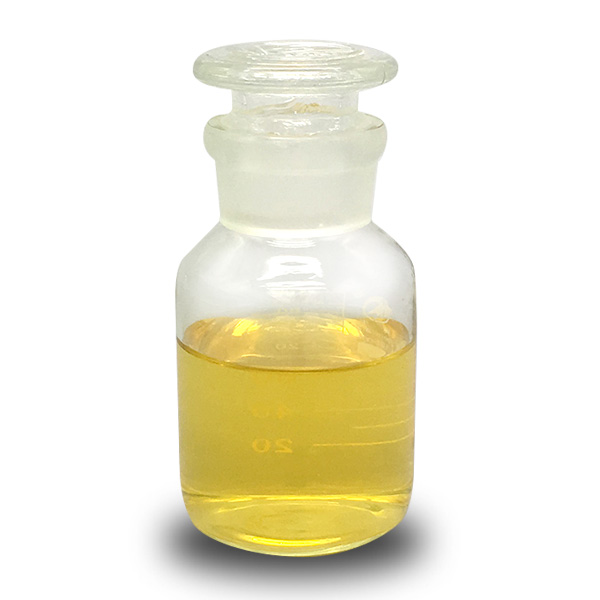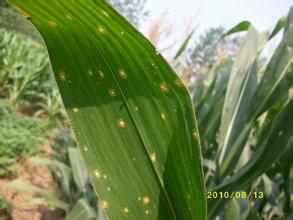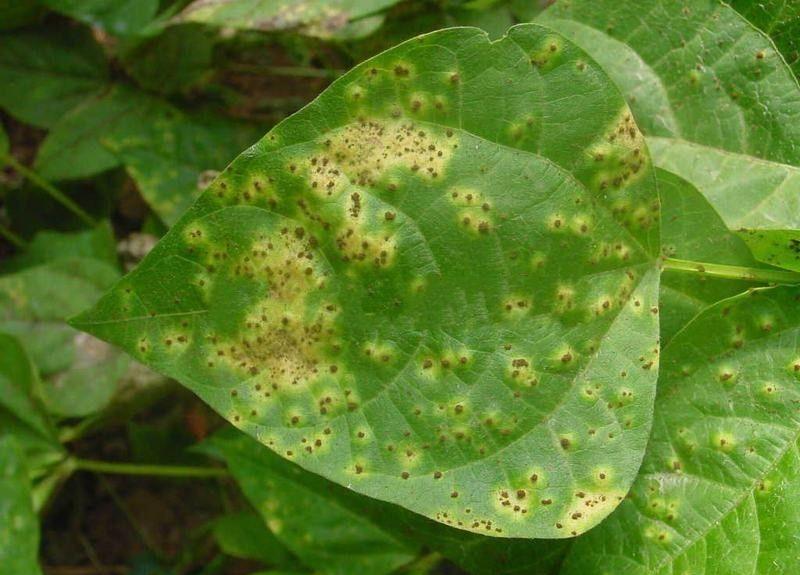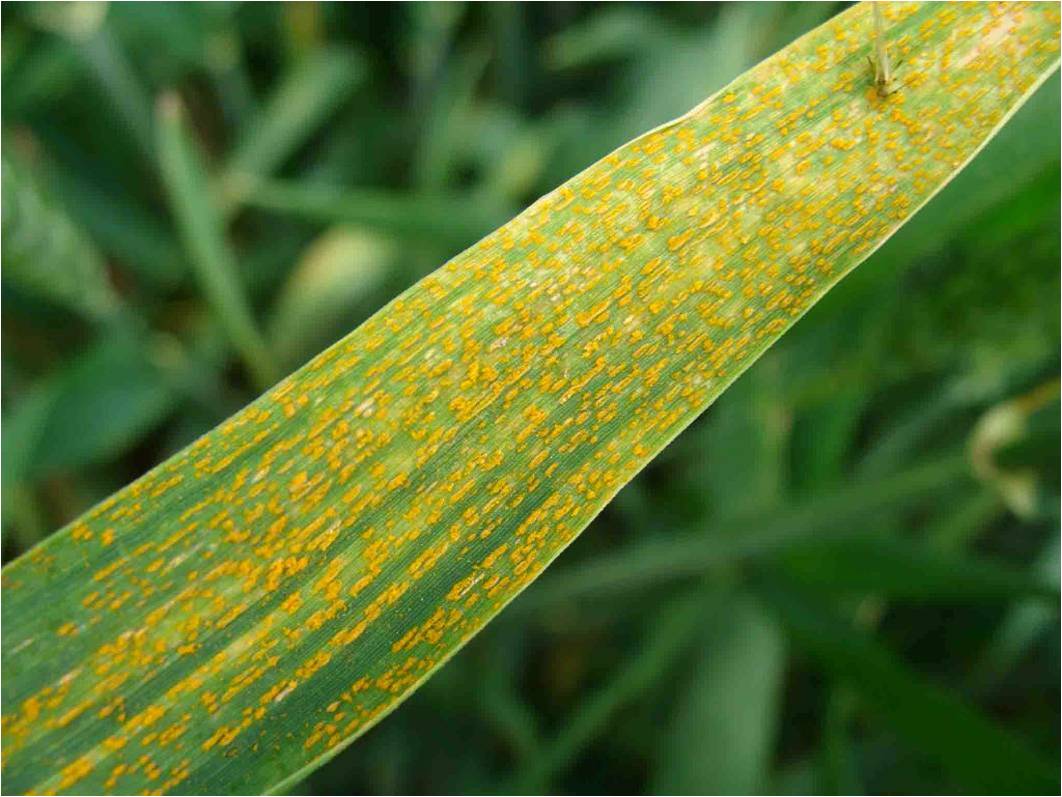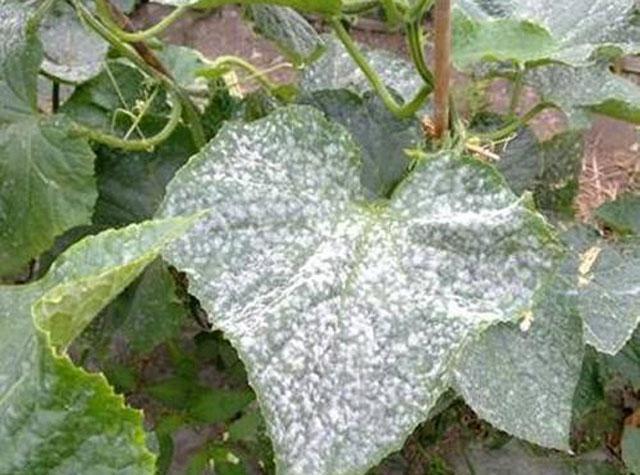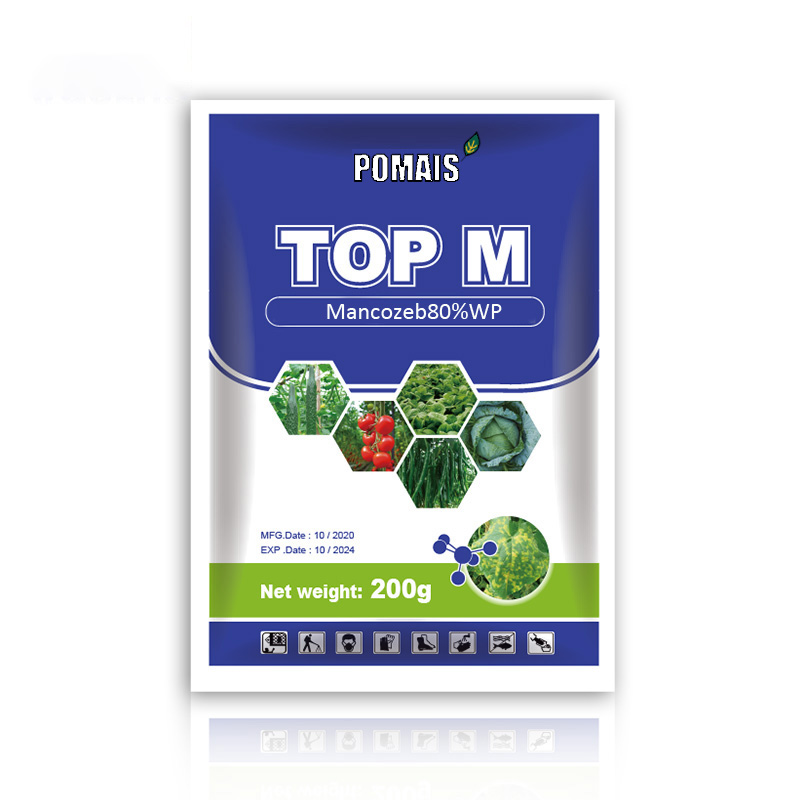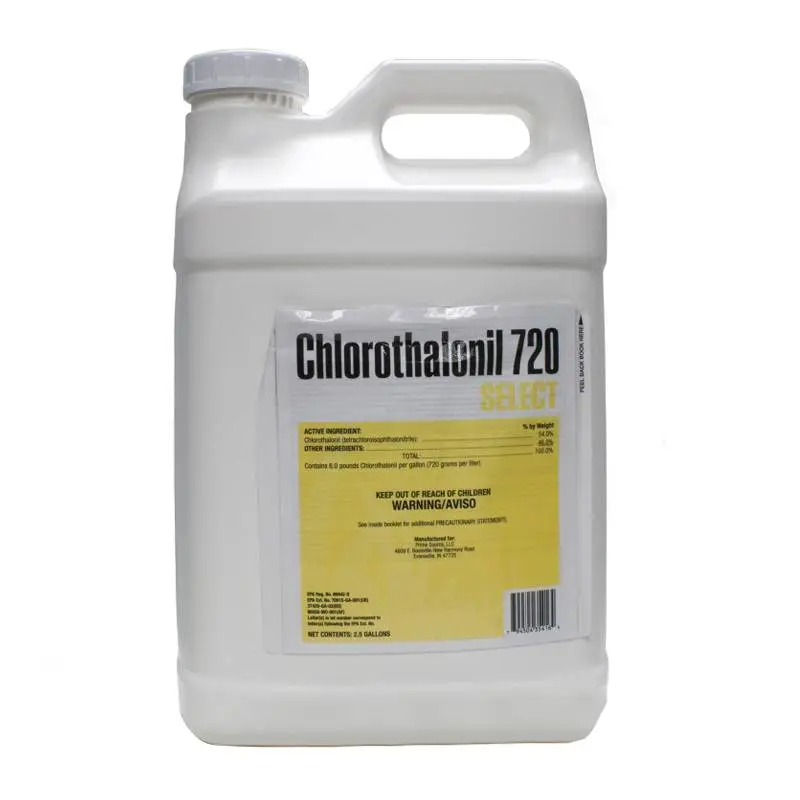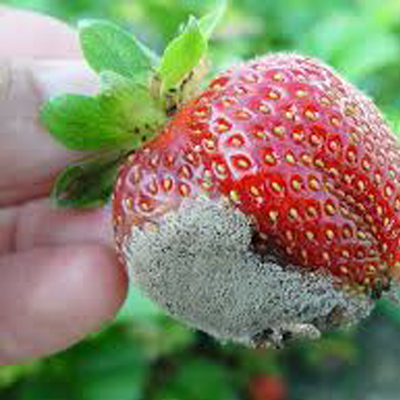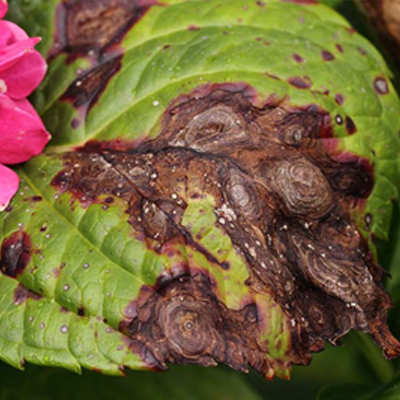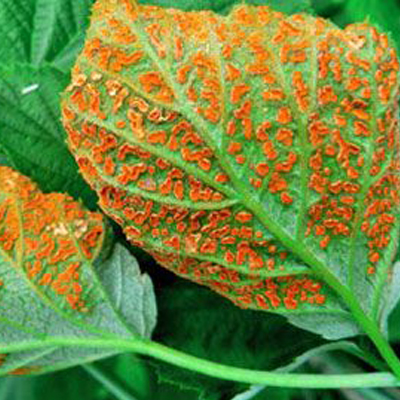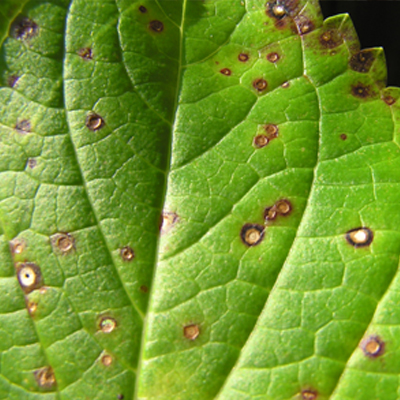Difenoconazole, prevents and treats 6 crop diseases, is efficient and easy to use
Difenoconazole is a highly efficient, safe, low-toxic, broad-spectrum fungicide that can be absorbed by plants and has strong penetration. It is also a hot product among fungicides.
1. Characteristics
(1) Systemic conduction, broad bactericidal spectrum. Fenoconazole is a triazole fungicide. It is an efficient, safe, low-toxic, broad-spectrum fungicide that can be absorbed by plants and has strong penetration. After application, Within 2 hours, it is absorbed by the crops and has the characteristics of upward conduction, which can protect the new young leaves, flowers and fruits from the damage of pathogens. It can treat multiple diseases with one medicine and has good control effect on a variety of fungal diseases. It can effectively prevent and treat vegetable scab, leaf spot, powdery mildew and rust, and has both preventive and therapeutic effects.
(2) Resistant to rain erosion and long-lasting efficacy. The pesticide adhered to the leaf surface is resistant to rain erosion and has very little volatilization from the leaves. It also exhibits long-lasting bactericidal activity even under high temperature conditions, and is 3 to 4 days longer than ordinary fungicides.
(3) Advanced dosage form, crop-safe water-dispersible granules are composed of active ingredients, dispersants, wetting agents, disintegrants, defoaming agents, adhesives, anti-caking agents and other additives, and are granulated through micronization, spray drying and other processes. . It can be quickly disintegrated and dispersed when put into water to form a highly suspended dispersion system with no dust impact and is safe for users and the environment. Contains no organic solvents and is safe for recommended crops.
(4)Good mixability. Difenoconazole can be mixed with propiconazole, azoxystrobin and other fungicide ingredients to produce compound fungicides.
2. How to use
It has a good effect in preventing and treating citrus scab, sand skin disease, strawberry powdery mildew and ring spot, etc. Especially when citrus is used in the autumn tipping period, it can effectively reduce the occurrence of future diseases such as scab and sand skin that seriously affect commercial products. At the same time, it can promote the ripening of citrus shoots in autumn.
To prevent and control potato early blight, spray 50 to 80 grams of 10% difenoconazole water-dispersible granules per acre, which lasts for 7 to 14 days.
To prevent and control leaf spot, rust, anthracnose, and powdery mildew on legumes such as beans and cowpeas, use 50 to 80 grams of 10% difenoconazole water-dispersible granules per acre, with a duration of 7 to 14 days, to prevent and control anthracnose. It is best to mix it with mancozeb or chlorothalonil.
To prevent and control pepper anthracnose, tomato leaf mold, leaf spot, powdery mildew, and early blight, start spraying when the lesions first appear, once every 10 days, and spray 2 to 4 times in a row. Generally, 60 to 80 grams of 10% difenoconazole water-dispersible granules, or 18 to 22 grams of 37% difenoconazole water-dispersible granules, or 250 g/L difenoconazole emulsifiable concentrate or 25% emulsifiable concentrate are used. 25~30ml, spray on 60~75kg of water.
To prevent and control black spot disease on cruciferous vegetables such as Chinese cabbage, spray pesticides from the early stages of disease onset, once every 10 days, and spray twice in a row. Generally, 40 to 50 grams of 10% difenoconazole water-dispersible granules, or 10 to 13 grams of 37% difenoconazole water-dispersible granules, or 250 g/L difenoconazole emulsifiable concentrate or 25% emulsifiable concentrate are used. 15~20ml, spray on 60~75kg of water.
To control strawberry powdery mildew, ring spot, leaf spot and black spot, and to treat other diseases, use 10% difenoconazole water-dispersible granules 2000 to 2500 times; to control strawberry anthracnose, brown spot, and concurrent treatment For other diseases, use 10% difenoconazole water-dispersible granules 1,500 to 2,000 times a day; to control strawberry gray mold mainly and also to treat other diseases, use 10% difenoconazole water-dispersible granules 1,000 to 1,500 times. times liquid. The dosage of liquid medicine varies according to the size of the strawberry plants. Generally, 40 to 66 liters of liquid medicine are used per acre. Appropriate period of application and interval of days: during the seedling cultivation period, from June to September, spray twice with an interval of 10 to 14 days; in the field period, before covering with film, spray once with an interval of 10 days; during the flowering and fruiting period, spray in the greenhouse 1 to 2 times, with an interval of 10 to 14 days.
